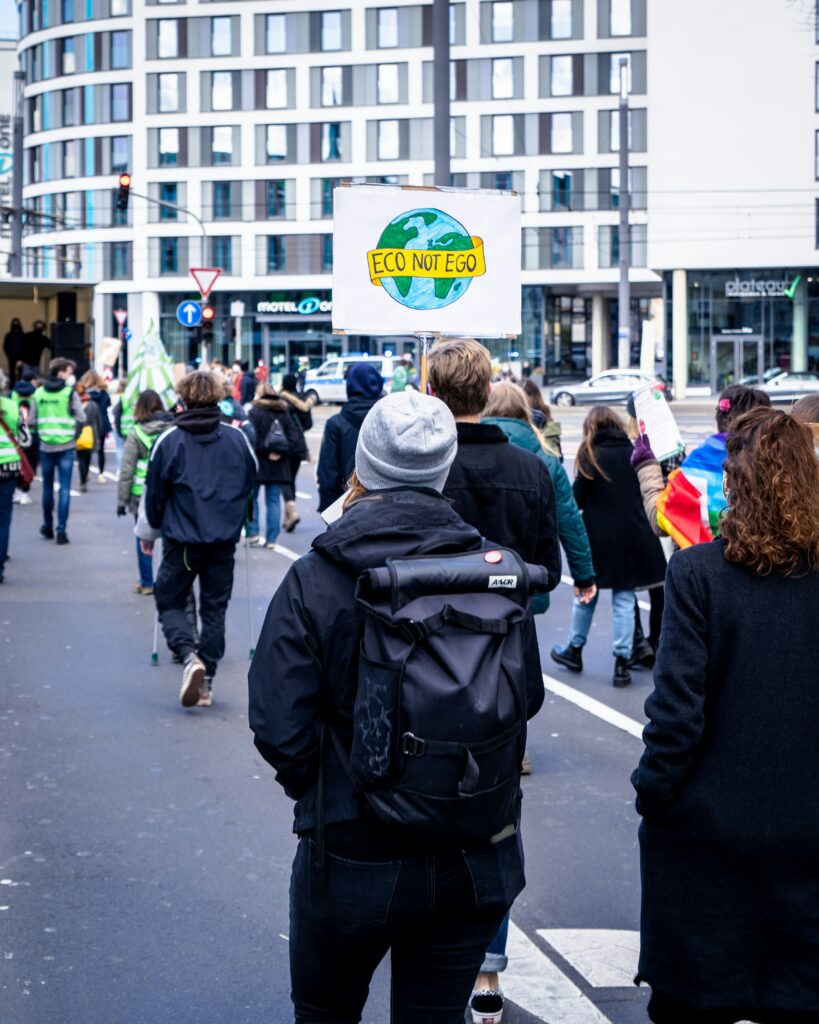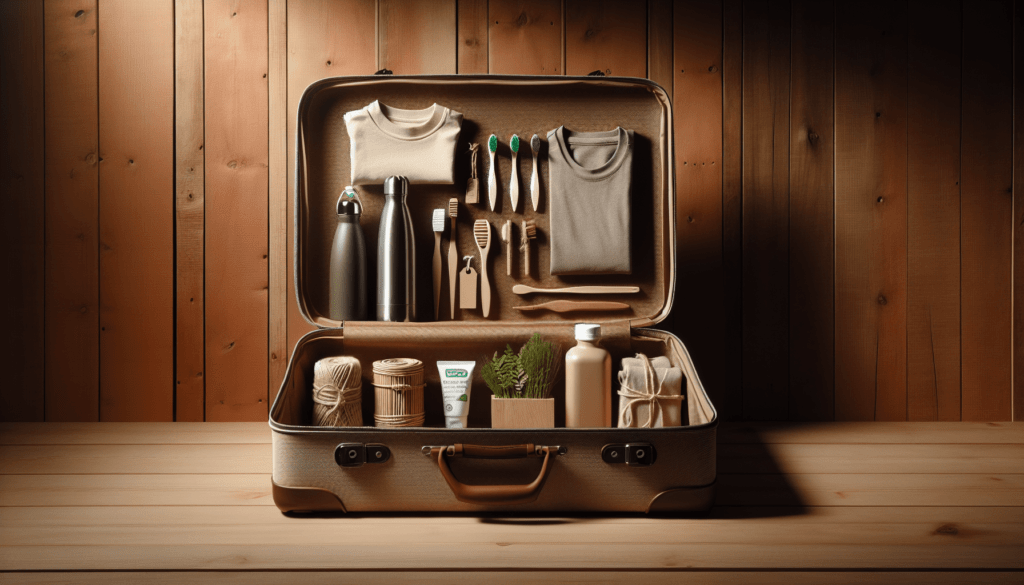How Do I Ensure I’m Packing Sustainably? In the face of escalating environmental concerns, individuals are increasingly seeking ways to pack sustainably for their travels. This comprehensive analysis examines crucial strategies and best practices for achieving eco-friendly packing. It delves into the historical context of sustainable travel, recognizing the early initiatives and progressive milestones that have shaped current trends in the industry.
The discourse progresses to define key concepts like ‘eco-friendly materials’ and ‘zero-waste packing,’ ensuring clarity. By presenting detailed explorations of subtopics such as renewable resource utilization and minimalist packing techniques, and through illustrative case studies, the article elucidates the multifaceted approach required for sustainable packing. Furthermore, it compares various perspectives on sustainability, providing a balanced overview and assessing the broader implications for the environment and society. With well-grounded predictions about future trends in sustainable packaging, the article concludes by inviting readers to engage with the content and explore a curated list of credible sources for further reading. How Do I Ensure I’m Packing Sustainably?
Have you ever considered the environmental impact of your packing habits? While packing for travel or moving might seem like a mundane task, the choices made can have significant implications on sustainability and environmental health. By examining historical practices, current trends, and future directions, individuals can become more conscientious and sustainable in their packing endeavors.
Table of Contents
How Do I Ensure I’m Packing Sustainably?
Overview
Sustainable packing is not just a buzzword; it’s a critical component of broader environmental ethics and practices. With the rising awareness of climate change and environmental degradation, sustainable actions have become more prevalent. Individuals can significantly impact these larger environmental issues by adopting sustainable packing habits.
Thesis Statement
To ensure one is packing sustainably, it is vital to adopt eco-friendly materials, minimize waste, and consider lifecycle impacts of packing goods. Understanding historical practices, embracing current trends, and projecting future innovations can guide more sustainable packing methods.

This image is property of images.unsplash.com.
Historical Context
The Evolution of Packing
Packing has evolved over centuries, influenced by technological advancements and societal needs. Initially, natural materials like woven baskets and wooden crates were used. The 20th century introduced plastics and other synthetic materials, leading to more disposable packing practices. However, the environmental drawbacks of these materials have led to a resurgence in sustainable practices today.
The Impact of Industrialization
The industrial revolution catalyzed mass production and consequently, mass packing. Packaging became more about convenience and less about sustainability. This shift had long-term environmental repercussions, such as increased waste and pollution. Historical packing methods set a precedent that modern practices aim to correct.
Current Trends
Eco-friendly Materials
Today, there is a growing emphasis on using sustainable materials for packing. Materials such as biodegradable plastics, recycled paper, and natural fibers are gaining popularity. These materials reduce the ecological footprint by being either reusable or compostable.
Zero-waste Movement
The zero-waste movement has significantly influenced sustainable packing by promoting practices that minimize waste. Consumers are encouraged to use items like reusable bags, containers, and sustainable wraps. This movement helps reduce reliance on single-use plastics, significantly decreasing environmental impact.
Corporate Responsibility
Many corporations are adopting sustainable packing practices as part of their Corporate Social Responsibility (CSR) strategies. By using sustainably sourced materials and reducing over-packaging, companies are attempting to lessen their environmental impact and appealing to eco-conscious consumers.

This image is property of images.unsplash.com.
Key Concepts and Definitions
Sustainable Packing
Sustainable packing refers to practices that prioritize environmental health by using eco-friendly materials and methods. These practices aim to reduce waste, enhance recyclability, and minimize carbon footprints.
Lifecycle Analysis
Lifecycle analysis assesses the environmental impacts associated with all stages of a product’s life, from raw material extraction through production, use, and disposal. In packing, this means considering how materials are sourced, how wasteful the packing process is, and the end-of-life disposal options.
Biodegradability
Biodegradability is the ability of a material to decompose by biological processes. In sustainable packing, utilizing biodegradable materials helps ensure that if packing materials end up in the environment, they will break down more quickly and safely.
Detailed Exploration
Eco-friendly Materials: Benefits and Challenges
Eco-friendly materials typically include biodegradable plastics, recycled paper, and natural fibers like cotton or jute. They offer numerous benefits such as reduced pollution, lower landfill contributions, and decreased carbon footprints. However, challenges such as higher costs and limited availability can hinder widespread adoption.
Case Study: Biodegradable Plastics
Biodegradable plastics like polylactic acid (PLA) are derived from renewable resources. They decompose more quickly than traditional plastics. However, they may require specific conditions for effective degradation, such as industrial composting facilities, which are not universally available.
Minimizing Waste
Waste minimization in packing involves reducing the materials used and reusing existing resources. Techniques include choosing appropriately sized packing materials, using minimalist designs, and reusing packing materials like boxes and bubble wrap.
Case Study: IKEA’s Flat Pack
IKEA revolutionized packing with its flat-pack approach, which significantly reduces the amount of packing material used. This not only minimizes waste but also reduces transport emissions, showcasing a practical example of sustainable packing at scale.
Consideration of the Lifecycle
A lifecycle analysis ensures that every stage of the packing process is as sustainable as possible. This includes choosing sustainable materials, using energy-efficient manufacturing, and ensuring that packing materials can be recycled or composted at the end of their life.
Case Study: Tetra Pak
Tetra Pak, a food packaging company, uses a lifecycle approach to minimize environmental impact. They focus on sourcing raw materials responsibly, reducing waste in production, and promoting recycling initiatives, thus embodying a comprehensive sustainable packing strategy.
Reusability and Longevity
The concept of reusability involves designing packing materials that can be reused for various purposes. Durable materials that withstand multiple uses reduce the need for single-use packaging, fostering a more sustainable approach.
Case Study: Reusable Shopping Bags
Reusable shopping bags have become a staple in sustainable packing. Made from materials like cotton or heavy-duty plastic, these bags can replace hundreds of single-use plastic bags. Their widespread adoption has significantly reduced plastic waste.

This image is property of images.unsplash.com.
Comparison of Different Perspectives
Traditional vs. Sustainable Packing Methods
Traditional packing methods prioritize convenience and cost-efficiency, often at the expense of sustainability. In contrast, sustainable packing methods focus on ecological impact, using renewable and recyclable materials and emphasizing waste reduction.
Consumer Behavior and Corporate Practices
Individual consumers and corporations both play vital roles in sustainable packing. While consumers can drive demand for eco-friendly products, corporations can significantly influence the market by adopting sustainable practices and policies.
Impact Assessment
By comparing traditional and sustainable approaches, it is clear that while the latter may be more complex and costly initially, the long-term environmental benefits far outweigh these challenges. Sustainable practices result in less waste, lower pollution levels, and a more sustainable economy.
Future Directions and Implications
Predictions
As awareness and technology advance, sustainable packing methods will likely become more innovative and accessible. Advancements in biodegradable materials and recycling technologies will make eco-friendly packing more widespread. Increased regulatory measures may also mandate sustainable practices, further driving the trend.
Implications for Industry and Society
For industries, the adoption of sustainable packing can enhance brand reputation and attract eco-conscious consumers. On a societal level, widespread sustainable packing practices can significantly reduce environmental degradation, conserving resources for future generations.

Conclusion
Recap
Sustainable packing entails a holistic approach, incorporating eco-friendly materials, waste minimization, and lifecycle analysis. Historical practices and current trends highlight the importance and potential of sustainable methods, while future directions suggest an even greater adoption of these practices.
Final Thought
As you pack for your next trip or move house, consider the sustainable choices you can make. Each small step contributes to a larger movement towards environmental stewardship. How will your packing habits impact our planet?
Engagement
Readers are encouraged to comment with their sustainable packing tips or questions. Sharing the article can help spread awareness, and readers can explore further resources to deepen their understanding of sustainable practices.
Credible Sources:
- “Biodegradable Plastics: Standards, Policies, and Impacts,” Environmental Science & Technology.
- “The Rise of the Zero-Waste Movement,” Journal of Environmental Psychology.
- “Lifecycle Analysis in Packaging: Best Practices and Case Studies,” International Journal of Life Cycle Assessment.
- IKEA Sustainability Report, 2020.
- Tetra Pak Environmental Report, 2019.
